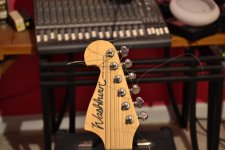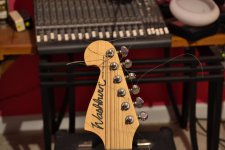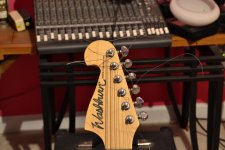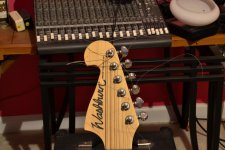Vixen
Senior Member
It may be that being indoors, on auto, your camera makes aperture larger (ie smaller number) & increases ISO to keep shutter speed high enough for handheld and available light. It's hard to give the "right" answer for the situation without knowing the details. But basically, if in auto, you are letting the camera make the decisions regarding settings and it does not necessarily give you the effect you would like.
If you wish to dictate what you want you need to learn to use manual settings, and as the others have pointed out, it is aperture that determines depth of field, so consider learning about depth of field and maybe experiment using Aperture Priority Mode.
If you wish to dictate what you want you need to learn to use manual settings, and as the others have pointed out, it is aperture that determines depth of field, so consider learning about depth of field and maybe experiment using Aperture Priority Mode.
Last edited:




